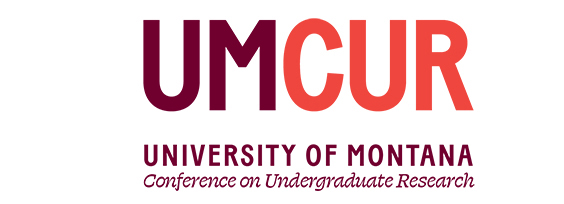Franke Global Leadership Initiative (GLI) Oral Presentations
Project Type
Presentation
Faculty Mentor’s Full Name
Elena Bigart
Faculty Mentor’s Department
Department of Society and Conservation
Abstract / Artist's Statement
What Goes Around Comes Around
Climate change is a prevalent issue affecting every individual globally. There are many
factors that increase of greenhouse gases, including textile waste. Textiles can have an
extended lifetime, but are often discarded once unwanted or outgrown. One solution to mitigate the negative global impacts of textiles is to apply the circular economy and reuse clothing. Our project not only focuses on defining the circular economy and its implementation, but also highlights waste management, campus sustainability, and education awareness. This project aims to discover how the University of Montana can implement the circular economy in its student communities to raise awareness and reduce students’ environmental impact through waste.
To answer these questions, our group is initiating an accessible thrift-closet on campus. We will conduct a Google Survey among students to gauge interest and need for items in their campus life. Additionally, we will interview professionals to gain understanding of successful implementation for the project. The results from this research will help better meet student needs around textile waste and be a voice towards the broader impact of the circular economy. The closet will include areas for item exchange, as well as an information board educating individuals on the circular economy and the scope of the project. We hope to support and improve students’ sustainability on campus by creating an accessible thrift-closet to practice the circular economy through the reuse of textiles, which will reduce textile waste on a local level and globally reduce greenhouse gas emissions.
Category
Franke Global Leadership Initiative
Poster
What Goes Around Comes Around
UC 333
What Goes Around Comes Around
Climate change is a prevalent issue affecting every individual globally. There are many
factors that increase of greenhouse gases, including textile waste. Textiles can have an
extended lifetime, but are often discarded once unwanted or outgrown. One solution to mitigate the negative global impacts of textiles is to apply the circular economy and reuse clothing. Our project not only focuses on defining the circular economy and its implementation, but also highlights waste management, campus sustainability, and education awareness. This project aims to discover how the University of Montana can implement the circular economy in its student communities to raise awareness and reduce students’ environmental impact through waste.
To answer these questions, our group is initiating an accessible thrift-closet on campus. We will conduct a Google Survey among students to gauge interest and need for items in their campus life. Additionally, we will interview professionals to gain understanding of successful implementation for the project. The results from this research will help better meet student needs around textile waste and be a voice towards the broader impact of the circular economy. The closet will include areas for item exchange, as well as an information board educating individuals on the circular economy and the scope of the project. We hope to support and improve students’ sustainability on campus by creating an accessible thrift-closet to practice the circular economy through the reuse of textiles, which will reduce textile waste on a local level and globally reduce greenhouse gas emissions.
